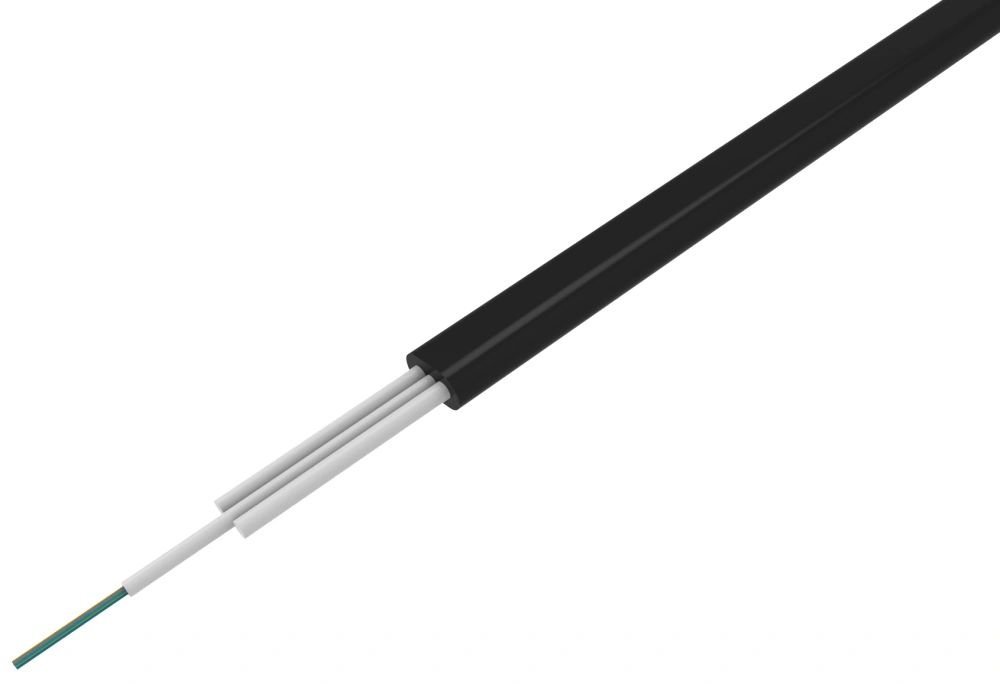Exploring the Price and Cost Performance of Indoor Fiber Optic Cables

Indoor fiber optic cables have revolutionized the telecommunications industry, providing faster and more reliable data transmission. However, selecting the right fiber optic cable can be a daunting task, considering the wide variety of options and varying price ranges available in the market. This guide aims to provide an evaluation framework to help you make an informed decision based on both price and cost performance.
Understanding Price Performance
The price of indoor fiber optic cables can vary significantly depending on factors such as cable type, length, connectors, and manufacturing quality. It is crucial to evaluate the price-performance ratio to ensure that you get the best value for your investment. Here are some key points to consider:
1. Cable Type: Different cable types, such as single-mode and multi-mode, offer varying performance and cost characteristics. Evaluate your specific requirements and choose the cable type that provides the desired performance while staying within your budget.
2. Length: The length of the cable required for your indoor setup directly impacts the cost. Determine the exact length needed and consider factors such as future scalability before making a decision.
3. Connectors: The type and quality of connectors used in indoor fiber optic cables can affect both performance and cost. Opt for reliable connectors that offer a balance between price and durability to ensure a stable connection.
Evaluating Cost Performance
While price is a significant factor, it is equally important to consider the overall cost performance of indoor fiber optic cables. The following factors should be taken into account:
1. Maintenance and Durability: Evaluate the long-term costs associated with maintenance and repairs. Investing in high-quality cables that require minimal upkeep can save you money in the long run.
2. Scalability: Consider the scalability of the cables to accommodate future expansion or upgrades. Investing in cables with higher capacity can help mitigate future costs.
3. Performance and Reliability: While cost is a crucial factor, compromising on performance and reliability can have significant consequences. Ensure that the chosen cables meet your performance requirements and have a solid track record of reliability.
Conclusion
In conclusion, evaluating the price and cost performance of indoor fiber optic cables requires a comprehensive understanding of various factors. By considering the price-performance ratio and overall cost performance, you can make an informed decision that aligns with your budget and requirements. Prioritizing factors such as cable type, connectors, maintenance, scalability, and performance will help you select the best indoor fiber optic cables that offer optimal value for your investment.



